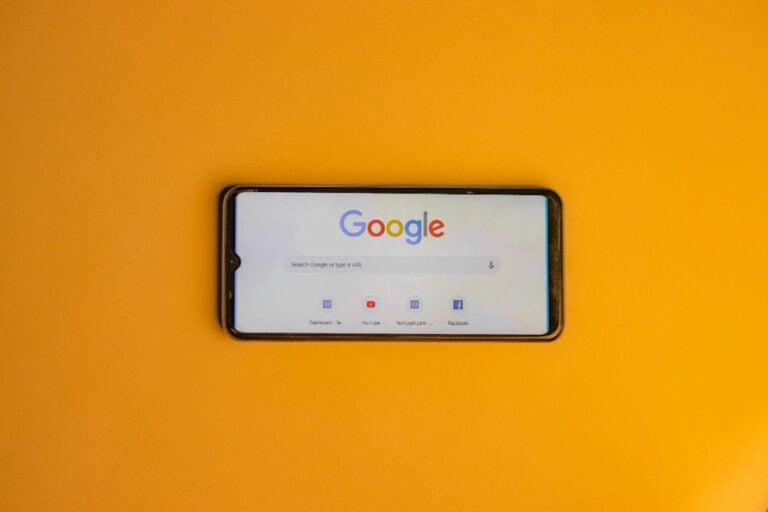Attracting new patients in today’s cosmetic surgery market requires more than a good reputation. People search online. They compare clinics. They look for trust signals and clear options. Google Ads helps put your clinic in front of motivated patients if the strategy is right.
Focus on Keywords That Match Real Intent
Start by choosing keywords based on what potential patients actually search. Think like a patient, not a surgeon.
Use These Keyword Strategies:
- Intent-Based Keywords: “Facelift consultation Sydney,” “natural nose job Melbourne.”
- Location Keywords: “Cosmetic surgeon near Bondi,” “liposuction Brisbane clinic.”
- Long-Tail Phrases: “Mini facelift with minimal downtime Perth,” “non-surgical rhinoplasty Sydney.”
These keywords are more targeted, less expensive, and more likely to convert. Use Google Keyword Planner or SEMrush to refine your list. Check what competitors rank for and improve on it.
Write Ad Copy That Connects with Patients
Your ads should answer the patient’s biggest question: Why should I choose you?
Key Copywriting Tips:
- Use Clear Headlines: “Natural Facelift in Sydney,” “Trusted Nose Job Experts.”
- Focus on Benefits: “Look younger with minimal downtime,” “Feel confident with natural results.”
- Always Add a CTA: “Book Your Free Consultation” or “Call Now to Schedule.”
Keep it simple. Avoid vague phrases like “best in town.” Say exactly what you do and how it helps.
Group Ads by Procedure for Better Relevance
Don’t mix rhinoplasty, breast augmentation, and facelifts in the same ad group. Each procedure deserves its own campaign and landing page.
Example Ad Groups:
- Facelift
- Rhinoplasty
- Tummy Tuck
- Liposuction
- Breast Augmentation
This structure improves your relevance score and helps patients find what they want faster.
Use Ad Extensions to Build Trust and Visibility
Extensions make your ad bigger, clearer, and more clickable.
Recommended Extensions:
- Sitelinks: “Before & After Photos,” “Book Consultation,” “Payment Plans.”
- Callouts: “20+ Years of Experience,” “Accredited Surgeons,” “Local Clinic.”
- Location: Show your clinic’s address with a map pin.
- Call: Let patients tap to call directly.
- Structured Snippets: List key procedures like “Facelift, Liposuction, Nose Job.”
These extensions help your ad stand out and guide users to take action.
Geo-Targeting: Keep It Local and Relevant
Target ads by suburb, postcode, or radius around your clinic.
Why It Works:
- Shows ads only to nearby patients
- Improves chances of appointment bookings
- Lets you use suburb names in ad copy for better results
For example: “Cosmetic Surgery Clinic near South Yarra” speaks directly to local intent.
Direct Traffic to the Right Landing Page
Your landing page must match your ad. If the ad promotes facelifts, don’t send people to a general services page.
Best Practices:
- Real photos of past patients (not stock images)
- Clear headlines that match the ad
- Reviews or testimonials
- Large CTA buttons like “Book Now” or “See Results”
Every click should feel like a continuation, not a reset.
Use Remarketing to Bring Back Interested Visitors
Some patients need more time to decide. Remarketing keeps your clinic top-of-mind.
Use It To:
- Show display ads to previous site visitors
- Remind users with phrases like “Your New Look Is Waiting”
- Offer a limited-time consultation promo
Remarketing helps turn window shoppers into bookings. For clinics looking to explore more in-depth strategies or refine their remarketing setup, it may be helpful to refer to this as a resource.
Track Conversions to Measure What Works
Know what turns interest into action. Use tools like Google Ads Conversion Tracking and Google Analytics.
Track:
- Online bookings
- Phone calls
- Consultation form submissions
- Downloads (e.g. “Choosing the Right Surgeon” guide)
Track what works, drop what doesn’t, and repeat what converts.
Optimise for Mobile to Capture On-the-Go Patients
Many potential patients search for cosmetic procedures on their phones. If your ads and landing pages aren’t mobile-friendly, you risk losing high-intent users.
Mobile Optimisation Tips:
- Use responsive design to ensure your site fits all screen sizes
- Keep load times under 3 seconds—slow sites drive users away
- Add click-to-call buttons for easier contact
- Ensure CTA buttons are large and tappable
Test your mobile experience regularly. A great desktop campaign can fail if mobile users hit roadblocks.
Use Responsive Search Ads for Broader Reach
Responsive search ads allow Google to test combinations of headlines and descriptions. Over time, the platform learns which pairings deliver the best results.
How to Use Them Effectively:
- Provide at least 10 unique headlines and 4 descriptions
- Include key procedures and location keywords
- Mix in benefits, USPs, and calls-to-action
This format increases visibility across more searches and adapts better to user behavior.
Stay Compliant with Google’s Policies
Follow Google’s healthcare ad rules. No false promises or misleading before-and-afters.
Do:
- Include disclaimers where needed
- Keep language factual, not exaggerated
- Stick to approved ad formats
Stay compliant to keep your ads live and effective.
In Summary
Google Ads is one of the most effective ways for cosmetic surgeons to attract patients. Focus on:
- Keywords that match patient intent
- Ads that speak to real concerns
- Local targeting and extensions that boost relevance
- Landing pages that match every message
- Tracking and remarketing to maximise results
Done right, this is more than advertising, it’s a steady stream of qualified patient leads. Want to launch or optimise your campaign? Get started with a strategy built for your clinic, your services, and your patients.


0 Comments